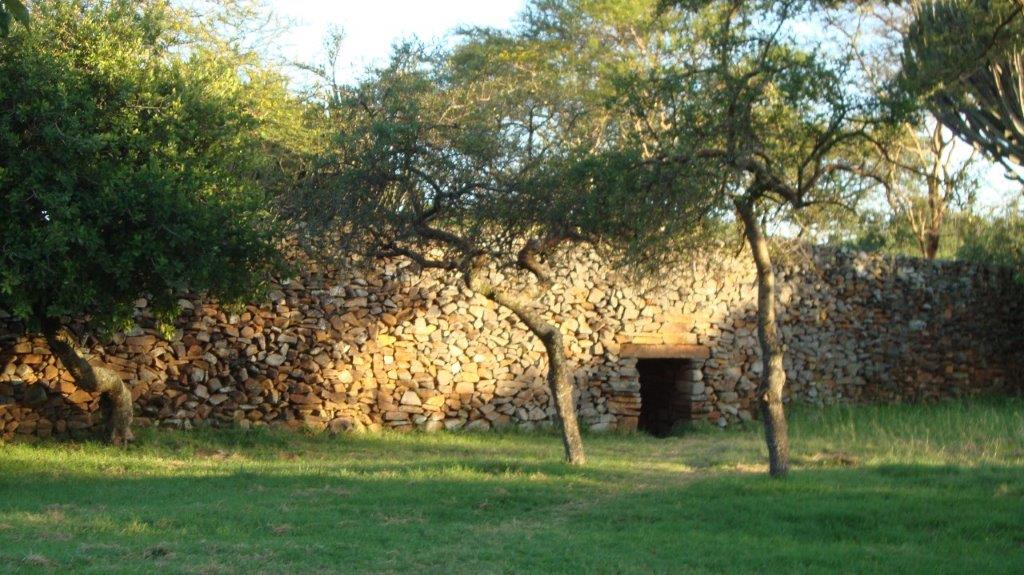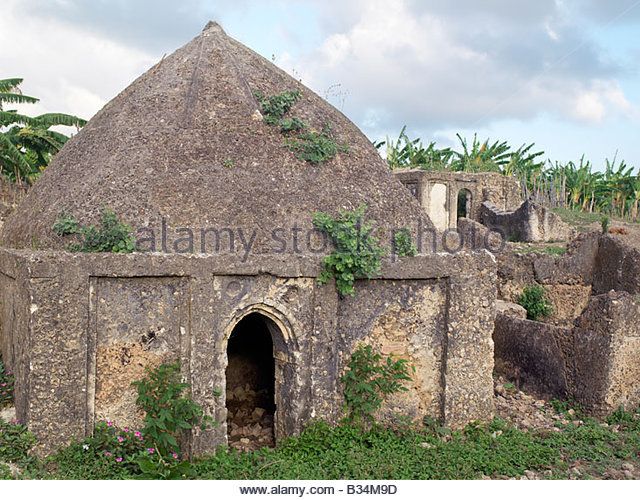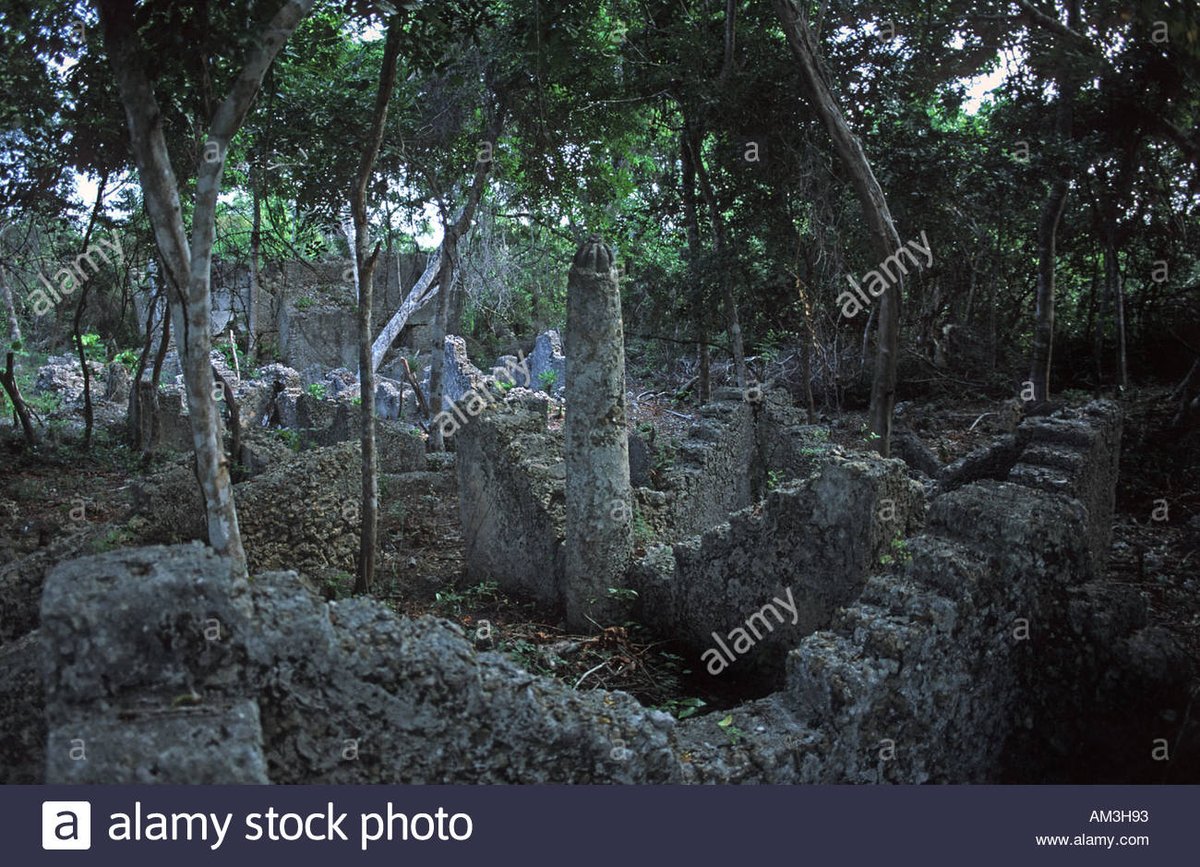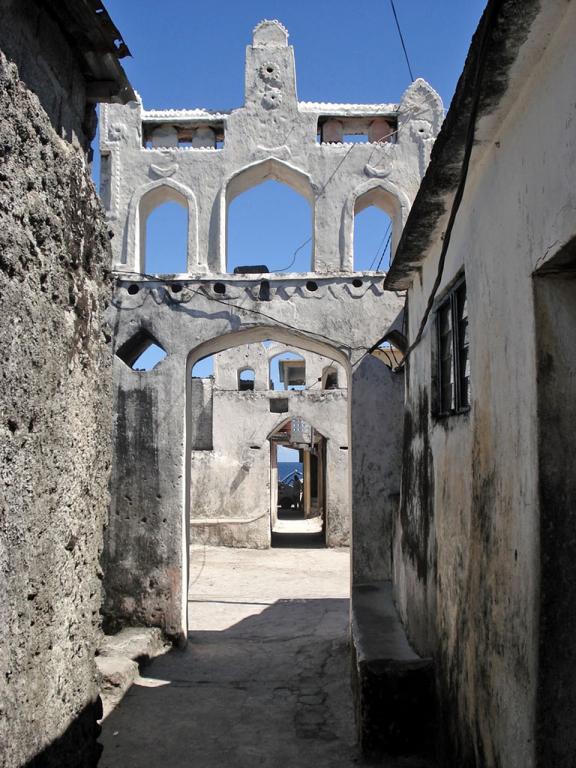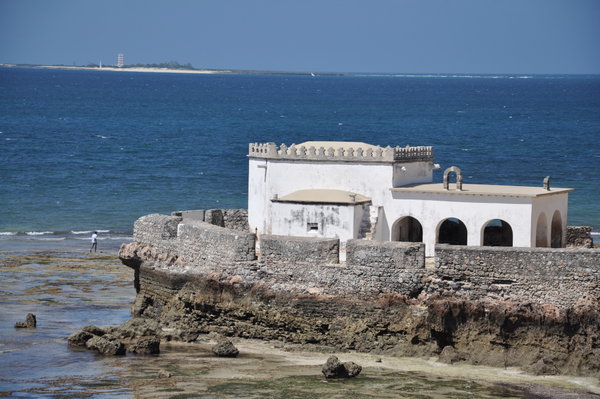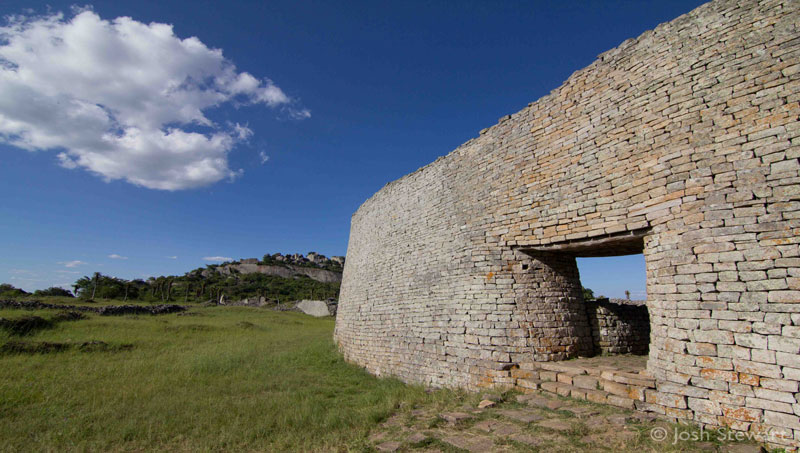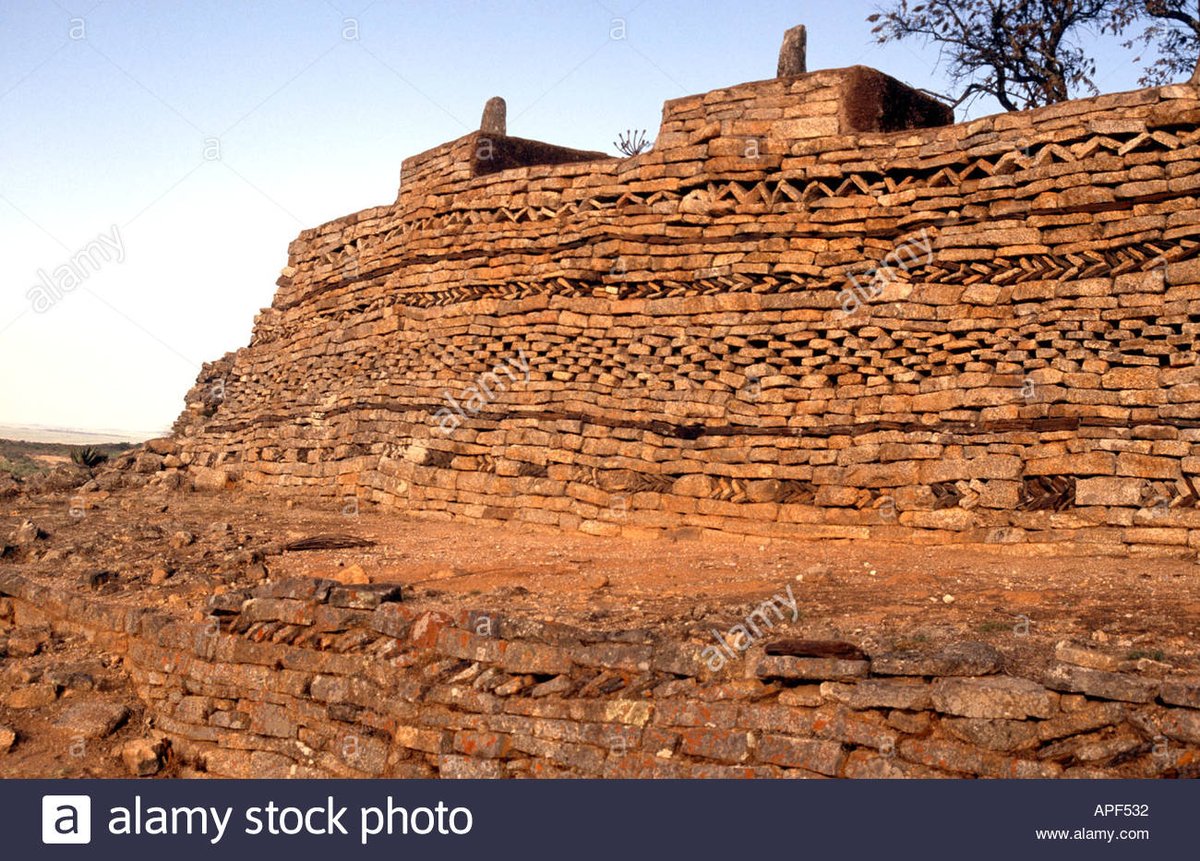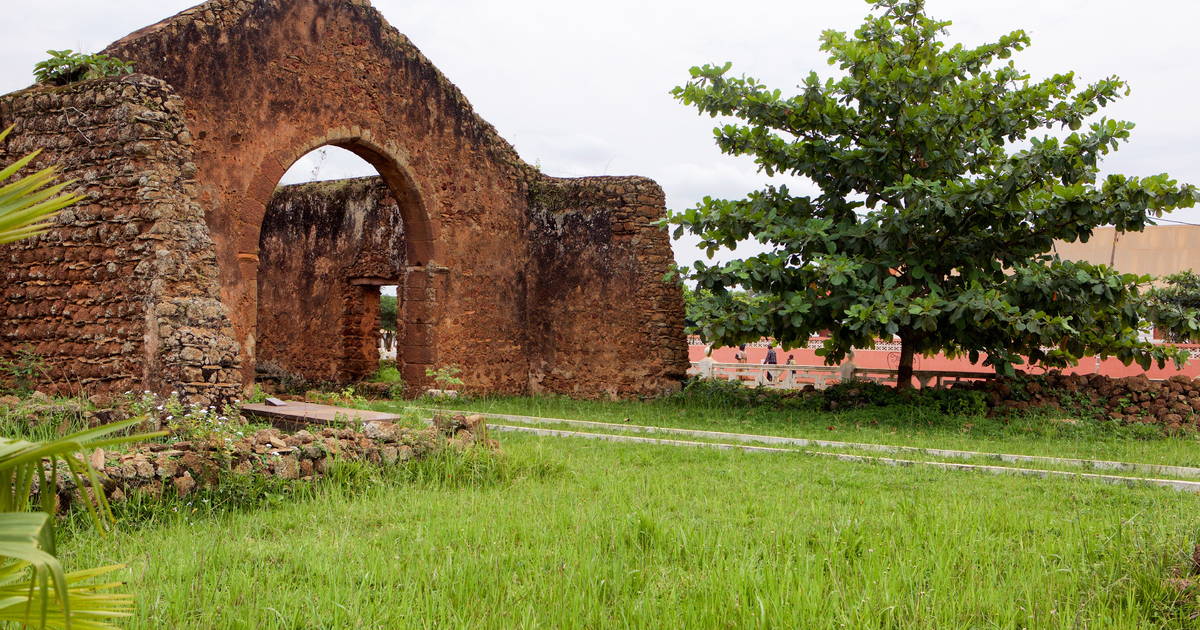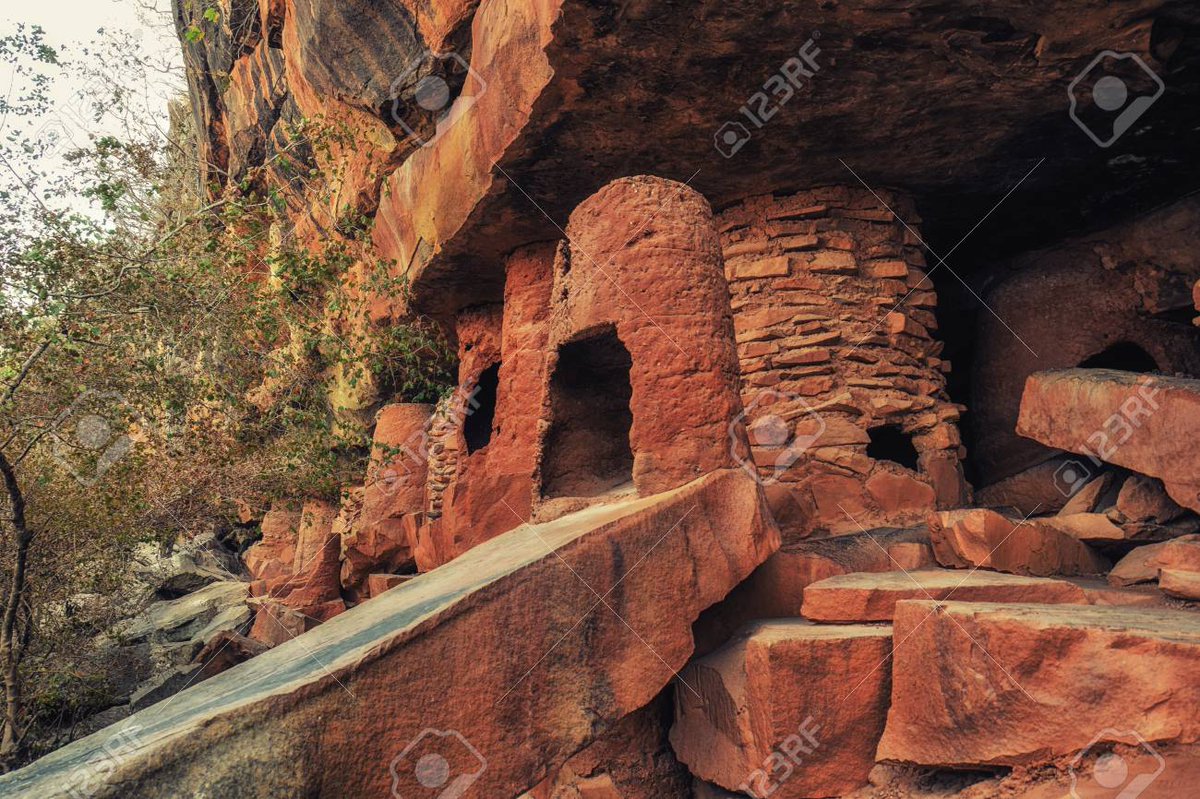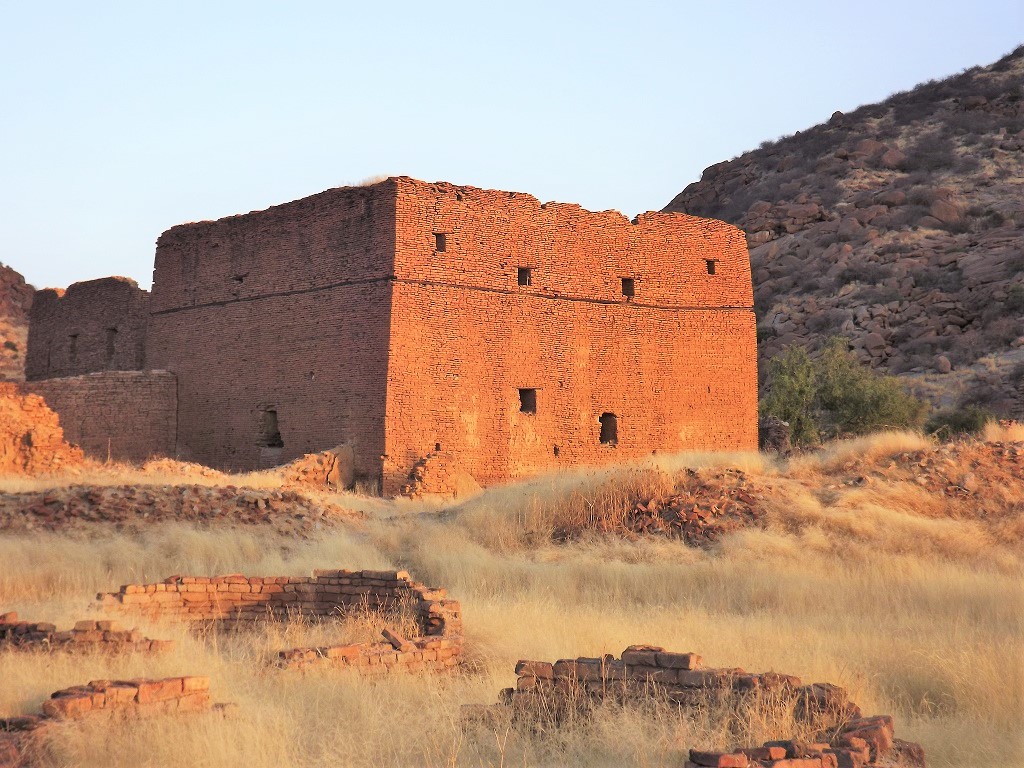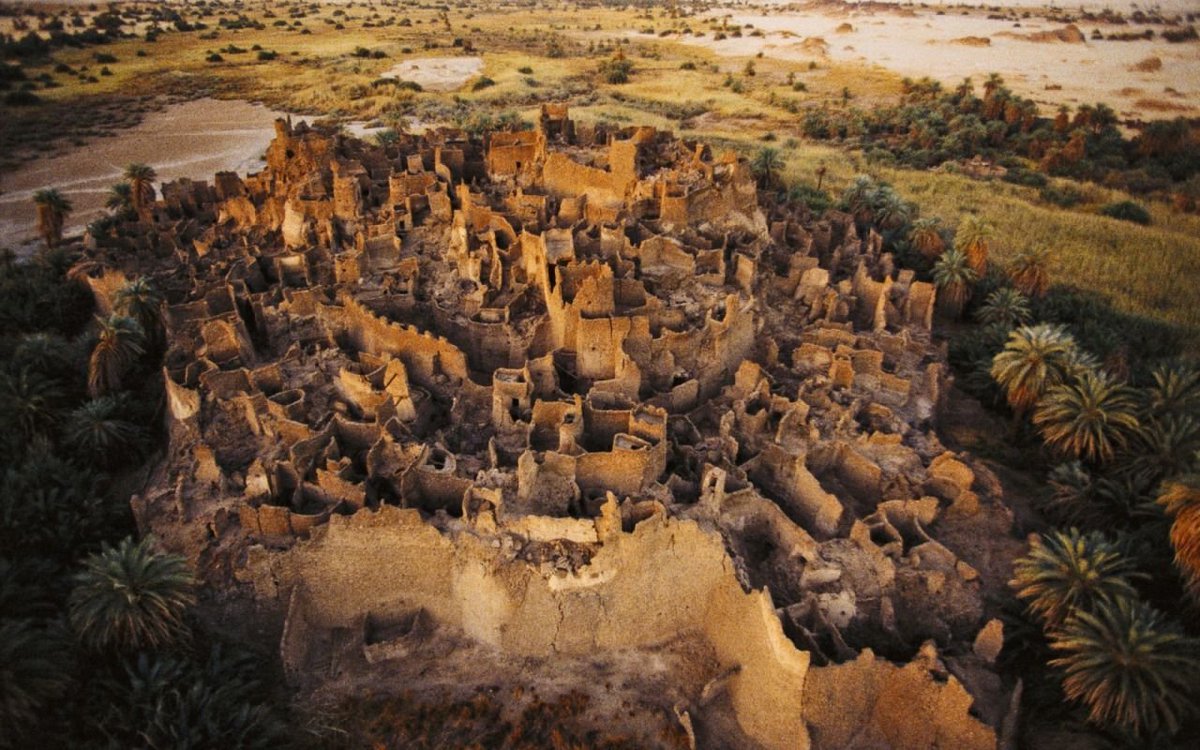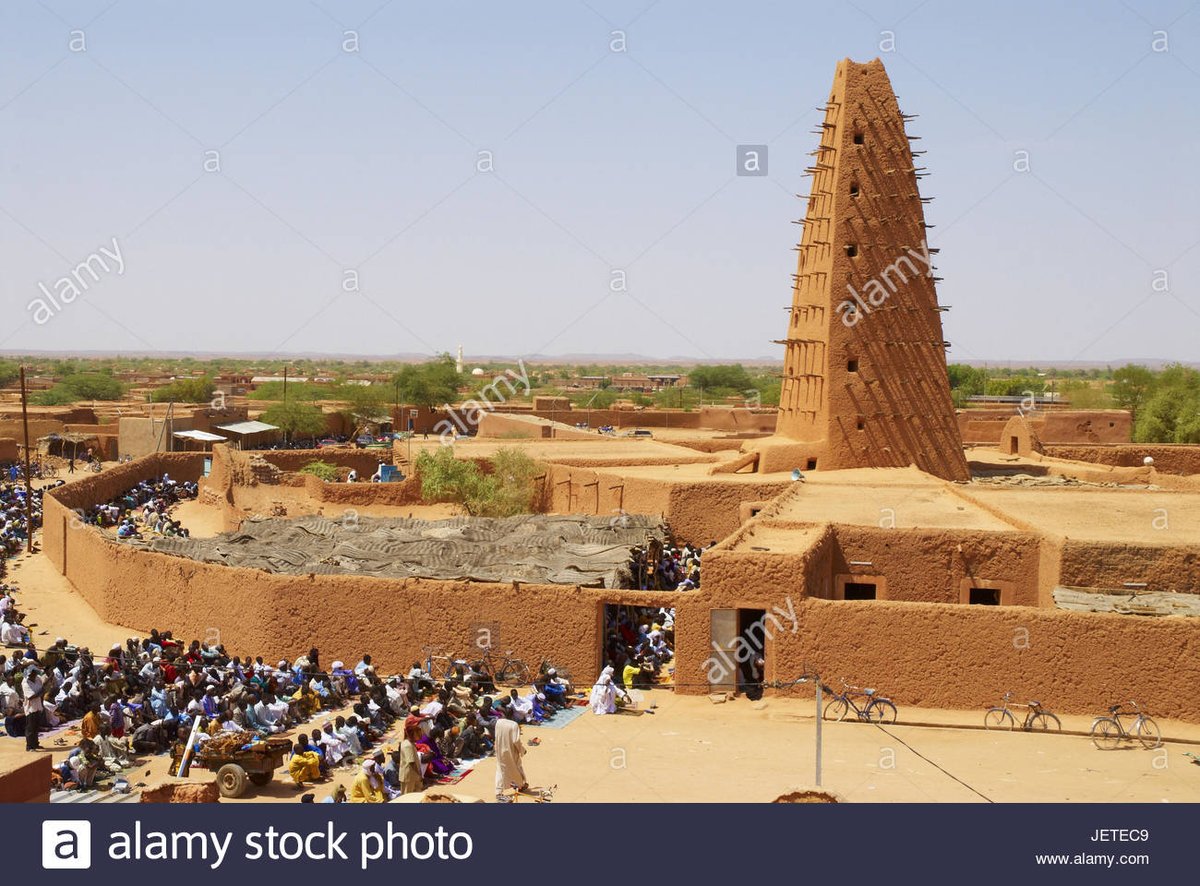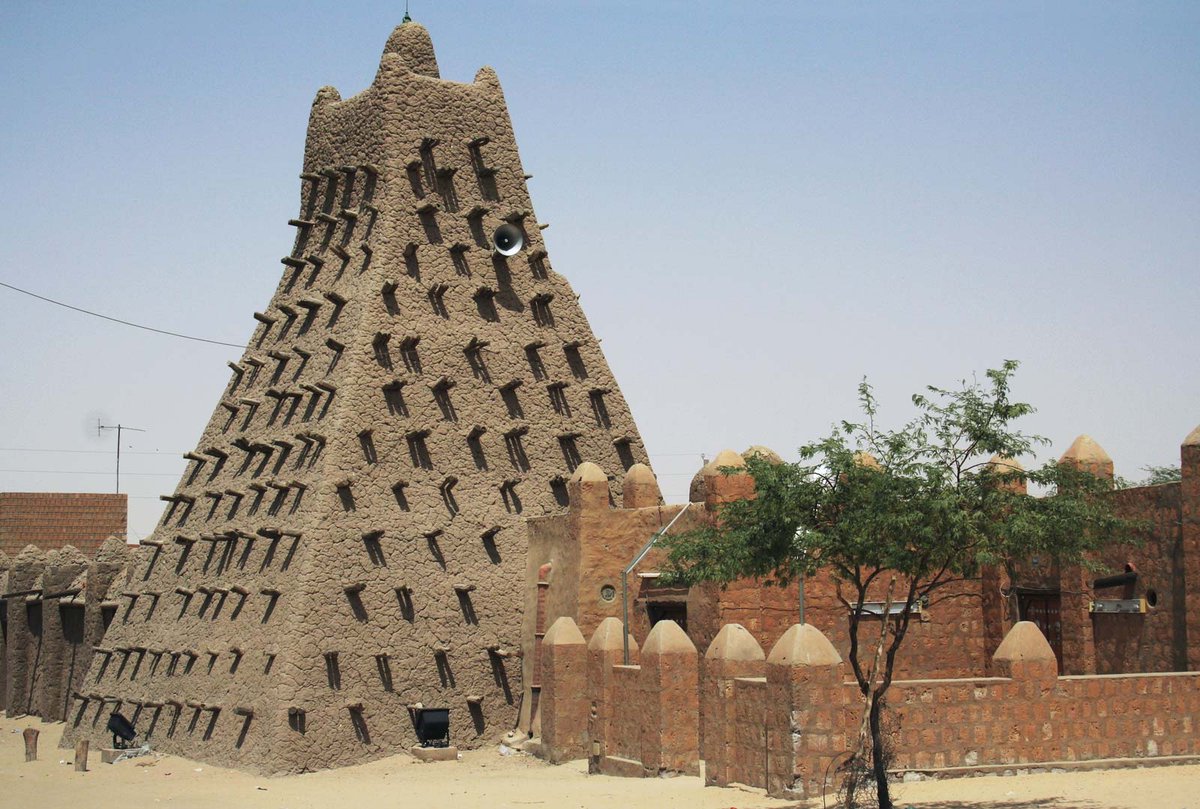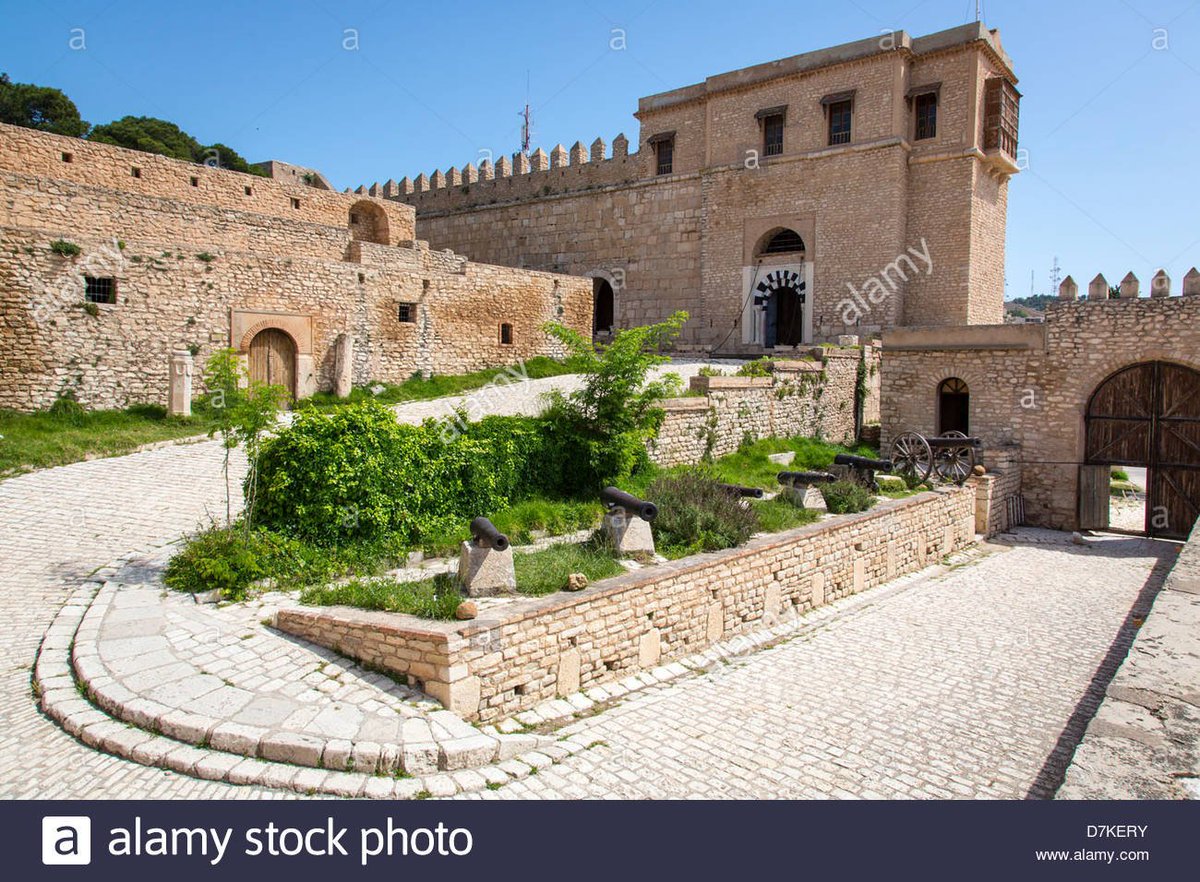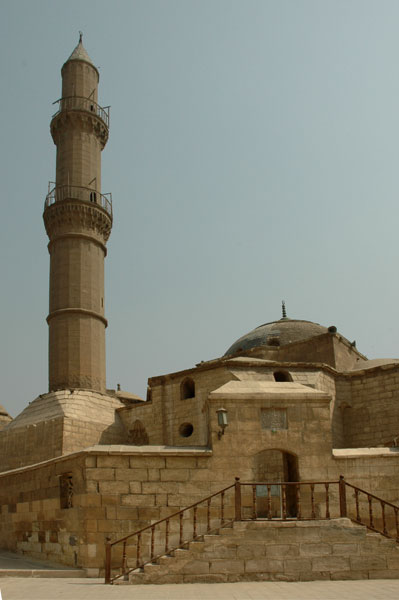Thread: Out of my own interest in historically visualizing the African "medieval", tonight I& #39;m sharing a collection of architecture built across Africa in the 1500s-1600s! (Inspired by Isaac Samuel& #39;s much longer thread from different time periods.) https://twitter.com/rhaplord/status/1200794994874966017">https://twitter.com/rhaplord/...
Before we start, notice that searching for preserved architecture as a sign of "civilization" or "history" privileges particular types of stone settlements only useful for certain climates and social purposes - such as mosques or tombs! And now onwards:
Sudan:
The domed/qubba tombs of the medieval city Old Dongola in northern Sudan, built as a Muslim cemetery during the Funj era in the 1600s after the city& #39;s Nubian inhabitants had largely converted from the formerly Christian kingdoms.
The domed/qubba tombs of the medieval city Old Dongola in northern Sudan, built as a Muslim cemetery during the Funj era in the 1600s after the city& #39;s Nubian inhabitants had largely converted from the formerly Christian kingdoms.
Sudan:
The former ruins of Shafai mosque at the old Red Sea port Suakin in east Sudan, renovated by the Ottomans in the 1600s as their coastal stronghold against the Funj over the Ottoman province of Habesha and as a foothold into the Hijaz.
The former ruins of Shafai mosque at the old Red Sea port Suakin in east Sudan, renovated by the Ottomans in the 1600s as their coastal stronghold against the Funj over the Ottoman province of Habesha and as a foothold into the Hijaz.
Ethiopia:
Emperor Fasilides& #39;s royal quarters (known as Fasil Ghebbi) built for him beginning in 1636 within the larger medieval citadel/city-fortress of Gondar in northern Ethiopia.
Emperor Fasilides& #39;s royal quarters (known as Fasil Ghebbi) built for him beginning in 1636 within the larger medieval citadel/city-fortress of Gondar in northern Ethiopia.
Kenya:
Thimlich Ohinga, the largest of the stone walled mortarless forts built in the hubs of the Lake Victoria basin, with the earliest foundations dating back to the 1500s (depending on who you ask). Speculatively built initially by the Luo people?
Thimlich Ohinga, the largest of the stone walled mortarless forts built in the hubs of the Lake Victoria basin, with the earliest foundations dating back to the 1500s (depending on who you ask). Speculatively built initially by the Luo people?
Somaliland:
The ruins of a mosque built circa the 1500s in the Adal Sultanate, a Somali kingdom initially based out of the port city of Zeila. The Adal Sultanate traded with the Ottomans, clashed with the Ethiopians, and Zeila was sacked in the 1500s by the Portugese.
The ruins of a mosque built circa the 1500s in the Adal Sultanate, a Somali kingdom initially based out of the port city of Zeila. The Adal Sultanate traded with the Ottomans, clashed with the Ethiopians, and Zeila was sacked in the 1500s by the Portugese.
Kenya:
The 1600s Islamic tomb of Mwenya Bunu in the ruins of the Pate Sultanate on Pate Island. Notice the tomb is built with coral like many buildings along the Swahili coast including in Suakin!
The 1600s Islamic tomb of Mwenya Bunu in the ruins of the Pate Sultanate on Pate Island. Notice the tomb is built with coral like many buildings along the Swahili coast including in Suakin!
Tanzania:
One of the distinctive Swahili coast "pillar tombs" in a Muslim cemetery in Kunduchi, with this one dated to the 1600s I THINK - spot the Chinese porcelain bowls embedded in the pillar!
One of the distinctive Swahili coast "pillar tombs" in a Muslim cemetery in Kunduchi, with this one dated to the 1600s I THINK - spot the Chinese porcelain bowls embedded in the pillar!
Tanzania:
The overgrown ruins of the medieval town of Kua on Juani Island, with buildings dated between the 16th and 17th centuries made of coral, stone, and mud brick. You can explore them in detail via the Zamani Project& #39;s website.
The overgrown ruins of the medieval town of Kua on Juani Island, with buildings dated between the 16th and 17th centuries made of coral, stone, and mud brick. You can explore them in detail via the Zamani Project& #39;s website.
Comoros Islands:
The historic public square Funi Aziri Bangwe in the town of Ikoni, the former seat of the Sultan of Bambao, "dating from the seventeenth century, built by a powerful sultan to commemorate his son and heir", and still used as a meeting space today.
The historic public square Funi Aziri Bangwe in the town of Ikoni, the former seat of the Sultan of Bambao, "dating from the seventeenth century, built by a powerful sultan to commemorate his son and heir", and still used as a meeting space today.
Mozambique:
The Chapel of Nossa Senhora de Baluarte, built by Portugese sailors ("en route to India") in 1522 on the easternmost tip of Stone Town.
The Chapel of Nossa Senhora de Baluarte, built by Portugese sailors ("en route to India") in 1522 on the easternmost tip of Stone Town.
Zimbabwe:
The Khami fortress from the former capital of Great Zimbabwe, built circa 1450-1650 by the Torwa dynasty in what is now southern Zimbabwe. The mortarless stone arrangement reminded me of the Thimlich Ohinga forts too!
The Khami fortress from the former capital of Great Zimbabwe, built circa 1450-1650 by the Torwa dynasty in what is now southern Zimbabwe. The mortarless stone arrangement reminded me of the Thimlich Ohinga forts too!
Zimbabwe:
The amazing decorated dry-stone walls of Naletale, the remains of the aforementioned Torwa dynasty& #39;s capital between the 16th and 18th centuries! Looted by European travelers in the 1800s, escavators in the 1900s, etc and now monumentalized.
The amazing decorated dry-stone walls of Naletale, the remains of the aforementioned Torwa dynasty& #39;s capital between the 16th and 18th centuries! Looted by European travelers in the 1800s, escavators in the 1900s, etc and now monumentalized.
Angola:
A Portugese-influenced stone church in Mbanza Kongo (the former capital of the Kongo Kingdom), built by the local ruler in 1549 after earlier Kongolese kings& #39; conversion to Catholicism circa 1500.
A Portugese-influenced stone church in Mbanza Kongo (the former capital of the Kongo Kingdom), built by the local ruler in 1549 after earlier Kongolese kings& #39; conversion to Catholicism circa 1500.
Cameroon:
The stone towers locally known by the Mafa people as Diy-Gi& #39;d-Biy, in the mountainous region of Mandara, and suggested to have been associated with the Wandala kingdom. I& #39;m cheating here with the time period, which is circa late 15th century.
The stone towers locally known by the Mafa people as Diy-Gi& #39;d-Biy, in the mountainous region of Mandara, and suggested to have been associated with the Wandala kingdom. I& #39;m cheating here with the time period, which is circa late 15th century.
Benin:
The royal palaces of Abomey - specifically the compound of the King Houegbadja, who ruled from 1645 to 1685 and is believed to have been the king who built this first royal compound of what would become the kingdom of Dahomey.
The royal palaces of Abomey - specifically the compound of the King Houegbadja, who ruled from 1645 to 1685 and is believed to have been the king who built this first royal compound of what would become the kingdom of Dahomey.
Togo:
The caves of Nok - built into the mountainside by refugees among the Moba people, who were fleeing increased levels of war and enslavement in the region. The buildings - focused on defensive capabilities - began in the 1600s and were added to until much later on.
The caves of Nok - built into the mountainside by refugees among the Moba people, who were fleeing increased levels of war and enslavement in the region. The buildings - focused on defensive capabilities - began in the 1600s and were added to until much later on.
Nigeria:
Along the border between Nigeria and Cameroon, not far from the Mandara mountains, you find the immense fortress of the Sukur Kingdom, with the palace of the Hidi at the top of the photograph.
Along the border between Nigeria and Cameroon, not far from the Mandara mountains, you find the immense fortress of the Sukur Kingdom, with the palace of the Hidi at the top of the photograph.
Chad:
The remnants of the 16th century palace-fort of Ouara/Wara, built by Sultan Ibn Abdel-Kerim Djame, whereby Ouara served as the former capital of the Ouaddai/Wadai Empire in eastern Chad.
The remnants of the 16th century palace-fort of Ouara/Wara, built by Sultan Ibn Abdel-Kerim Djame, whereby Ouara served as the former capital of the Ouaddai/Wadai Empire in eastern Chad.
Niger:
One of my favorites on this list - the mudbrick citadel of the Djado plateau, resting along the Saharan trade routes and now being inhabited by Toubou nomads. It& #39;s guessed to have mostly thrived as part of the Kanem-Bornu Empire.
One of my favorites on this list - the mudbrick citadel of the Djado plateau, resting along the Saharan trade routes and now being inhabited by Toubou nomads. It& #39;s guessed to have mostly thrived as part of the Kanem-Bornu Empire.
Niger:
The Agadez Mosque is the tallest mudbrick/adobe structure in the world, built with the very distinctive "Sudanic" architectural style! The mosque was built in 1515 as part of the Songhay Empire.
The Agadez Mosque is the tallest mudbrick/adobe structure in the world, built with the very distinctive "Sudanic" architectural style! The mosque was built in 1515 as part of the Songhay Empire.
Mali:
One of the three well known centers of learning in Timbuktu, Sidi Yahya Mosque - again, a little early for my time period as it was completed in 1440, but you can clearly see the architectural similarities with Agadez.
One of the three well known centers of learning in Timbuktu, Sidi Yahya Mosque - again, a little early for my time period as it was completed in 1440, but you can clearly see the architectural similarities with Agadez.
Morocco:
Borj Nord/Burj-al-Shamal, a Portugese-style military fort built by the Saadi dynasty in northern Morocco in 1582 to guard against the Portugese in the Mediterranean - built around the same time as Sultan Ahmed al-Mansur himself invaded the Songhay Empire.
Borj Nord/Burj-al-Shamal, a Portugese-style military fort built by the Saadi dynasty in northern Morocco in 1582 to guard against the Portugese in the Mediterranean - built around the same time as Sultan Ahmed al-Mansur himself invaded the Songhay Empire.
Algeria:
Djamaa el-Djedid or the New Mosque, still maintained in the city of Algiers and said to have been built in 1660 by "al-Hajj Habib, a Janissary governor of the Algiers region" appointed by the Ottomans.
Djamaa el-Djedid or the New Mosque, still maintained in the city of Algiers and said to have been built in 1660 by "al-Hajj Habib, a Janissary governor of the Algiers region" appointed by the Ottomans.
Tunisia:
Kasbah of Le Kef (قصبة الكاف), another military fort built by the Ottomans in 1601, built on top of the historical remains of much older strongholds in northwestern Tunisia.
Kasbah of Le Kef (قصبة الكاف), another military fort built by the Ottomans in 1601, built on top of the historical remains of much older strongholds in northwestern Tunisia.
Libya:
Murad Agha Mosque, built by (you guessed it) the Ottomans in Tripoli! The story seems to go that it was built by Murad Agha, "commander of the military campaign sent by Sultan Sulaiman in 1510, in response to the people of Tripoli& #39;s appeal against Spanish invaders."
Murad Agha Mosque, built by (you guessed it) the Ottomans in Tripoli! The story seems to go that it was built by Murad Agha, "commander of the military campaign sent by Sultan Sulaiman in 1510, in response to the people of Tripoli& #39;s appeal against Spanish invaders."
Last but not least (but usually a little too prominent on these types of lists), Egypt:
Sulayman Pasha Mosque, built in 1528 by *drumroll* the Ottoman viceroy of Egypt and later Grand Vizier of the Ottoman Empire, Sulayman Pasha (who entered the army as an enslaved Hungarian).
Sulayman Pasha Mosque, built in 1528 by *drumroll* the Ottoman viceroy of Egypt and later Grand Vizier of the Ottoman Empire, Sulayman Pasha (who entered the army as an enslaved Hungarian).

 Read on Twitter
Read on Twitter


